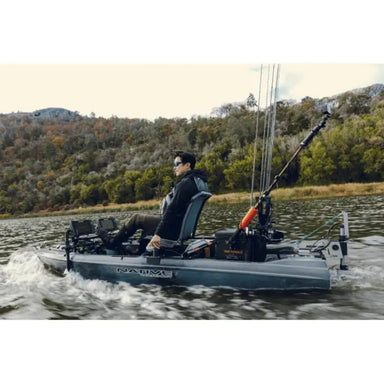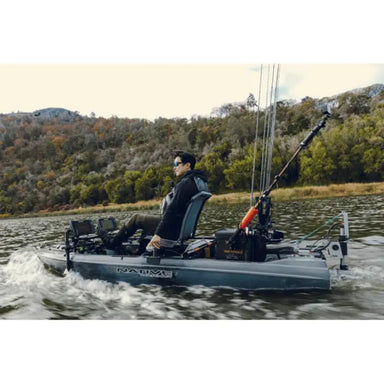
Native Watercraft Titan X Propel 10.5 Fishing Kayak with Motor Kit
Native Watercraft Titan X Propel 10.5 with Newport NK300 + FPV 36V 30AH Motorisation Kit Elevate Your Fishing Experience Introducing the Native W...
View full detailsTrading : 7am to 5pm (Mon-Sun)
Call Us : (03) 7071 0777
Email Us : sales@primalhunter.com.au
NEED HELP?
Hours: 7am-5pm (Mon-Sun)
Ph: (03) 7071 0777
E:sales@primalhunter.com.au
Aussie anglers know the struggle—paddling against wind and currents can drain your energy and limit your fishing time.
Our fishing kayaks with motors solve this by giving you effortless power and control, letting you cover more water, reach remote spots, and stay fresh longer.
Ready to upgrade your kayak fishing experience? Explore our motorised fishing kayak collection now!
 Save $-10,445.00
Save $-10,445.00
Native Watercraft Titan X Propel 10.5 with Newport NK300 + FPV 36V 30AH Motorisation Kit Elevate Your Fishing Experience Introducing the Native W...
View full details Save $-11,345.00
Save $-11,345.00
Native Watercraft Titan X Propel 12.5 with Newport NK300 + FPV 36V 60Ah Battery Motorisation Kit Limited Stock Available – Upgrade Your Fishing E...
View full details
